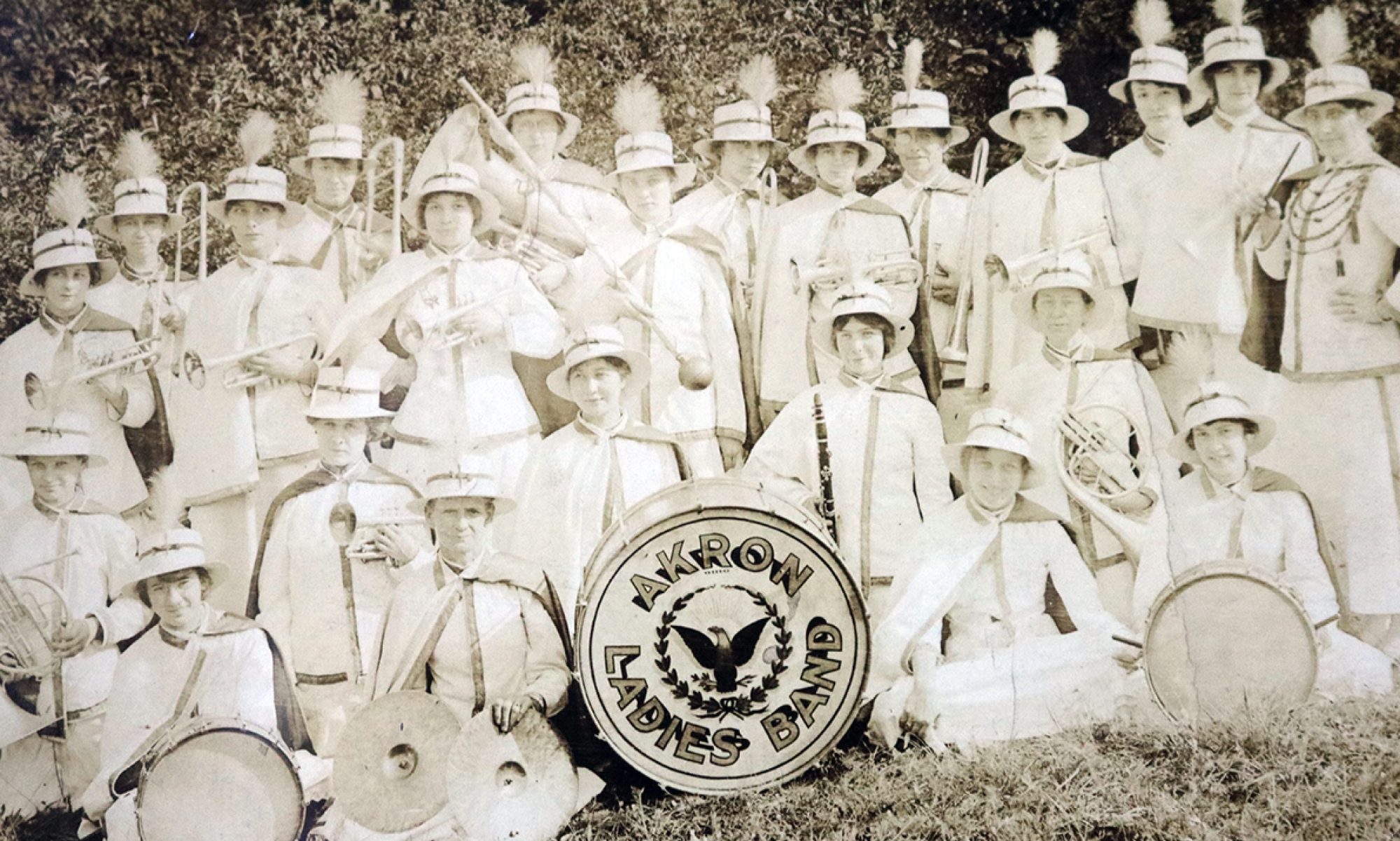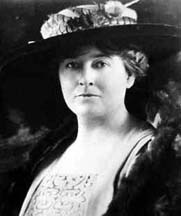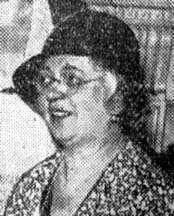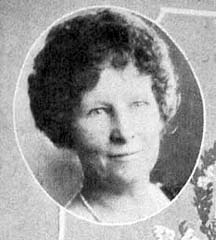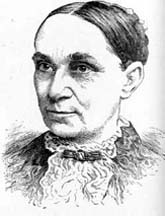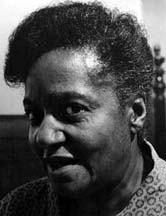
Martha Walters of New York probably never could have predicted what a trip to Akron in 1941 would bring – a marriage, a breaking of a color barrier in the city’s hospitals and a lifetime of contributions to her adopted hometown.
Walters had been born in a predominantly Black neighborhood in Washington, D.C., just a few blocks from the White House. She went to college there, Howard University; after graduation, she headed for New York and the Lakeland School for Nursing. There were hard times in New York during the Great Depression; but Walters, by then a registered nurse, found work with the New York Health Department. And there she might have stayed, if it had not been for that trip to Akron.
She met A.L. Averett, married and settled down in wartime Akron. Finding work was no problem; she worked at a doctor’s office. Then, in 1946, she decided to apply as a nurse at Akron City Hospital. No Black nurse had ever worked in any of the city’s hospitals before. Nonetheless, Akron City Hospital hired her and one more color barrier in medicine was broken.
Estelle Rogers, her daughter, told the Beacon Journal that there was segregation in the hospital, “whether it was by floors, wings or sections on a floor.” Averett cared for white patients, some of whom didn’t appreciate it. Nonetheless, Averett worked hard and impressed her supervisors. She was eventually promoted to supervising nurse.
Just as things were looking up professionally, Averett suffered a heart attack and had to retire. But that just opened a new phase to her life. She shifted her attention to the Akron Community Service Center and Urban League; she became the first president of the Northside Citizens Council. But, again, poor health struck her; in 1959 a debilitating stroke left her bedridden.
This, in turn, began yet another career. She began counseling troubled teens in 1961. She treasured the time she spent with these youngsters. “The stories differ: illegitimate young men with high intelligence and low grades; desperate daughters sometimes seeking shameful solutions to their troubles; fear; tension; hidden disease; despair,” she told the Beacon Journal. “These are my children and I thank their parents for sharing them with me.”
Her mixture of questions “sugar-coated with warmth and compassion” brought positive results with the teens, the Beacon Journal reported. Fifteen of her first 17 teens were in college in 1966.
Honors and awards followed. In 1967, Zeta Phi Beta sorority named her Woman of the Year; in 1970 she received the Akron Touchdown Club service award; in 1974 she won the Governor’s Community Action Award.
Martha Averett died Aug. 13, 1982 in Akron. She was 76 years old. Urban League Director Vernon Odom remembered her as “one of Akron’s great ladies.”
Photo courtesy of the Beacon Journal.
–Kathleen L. Endres
